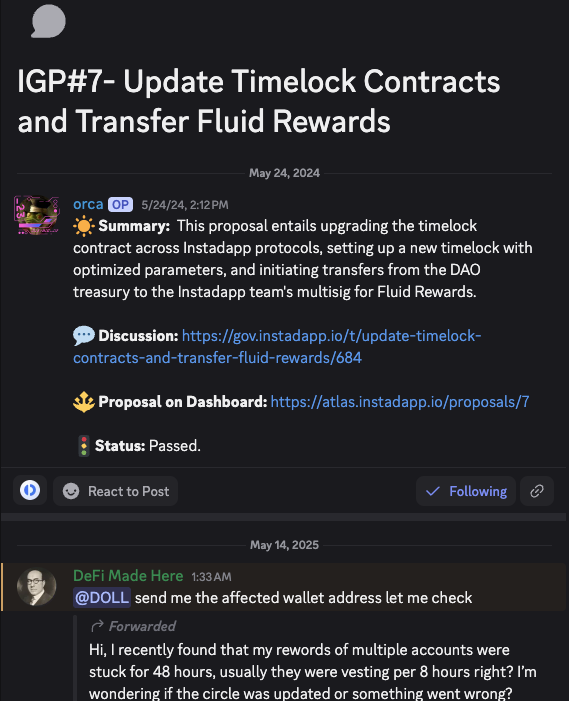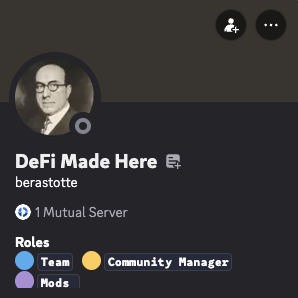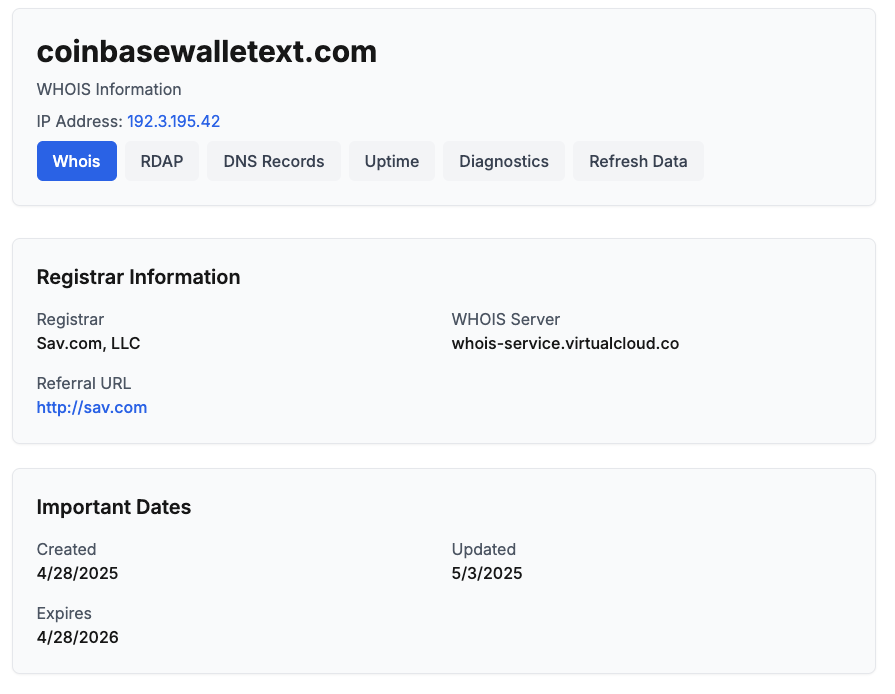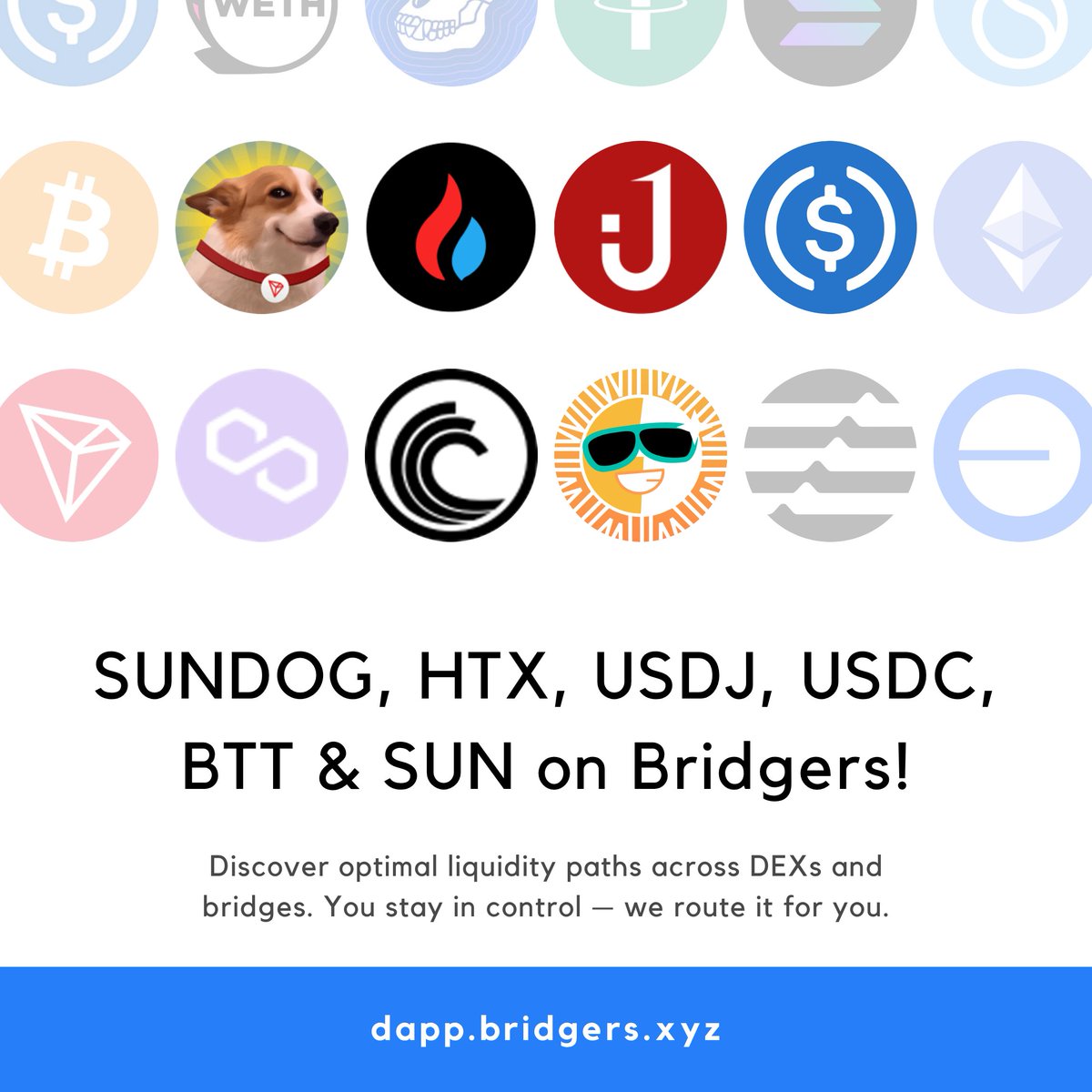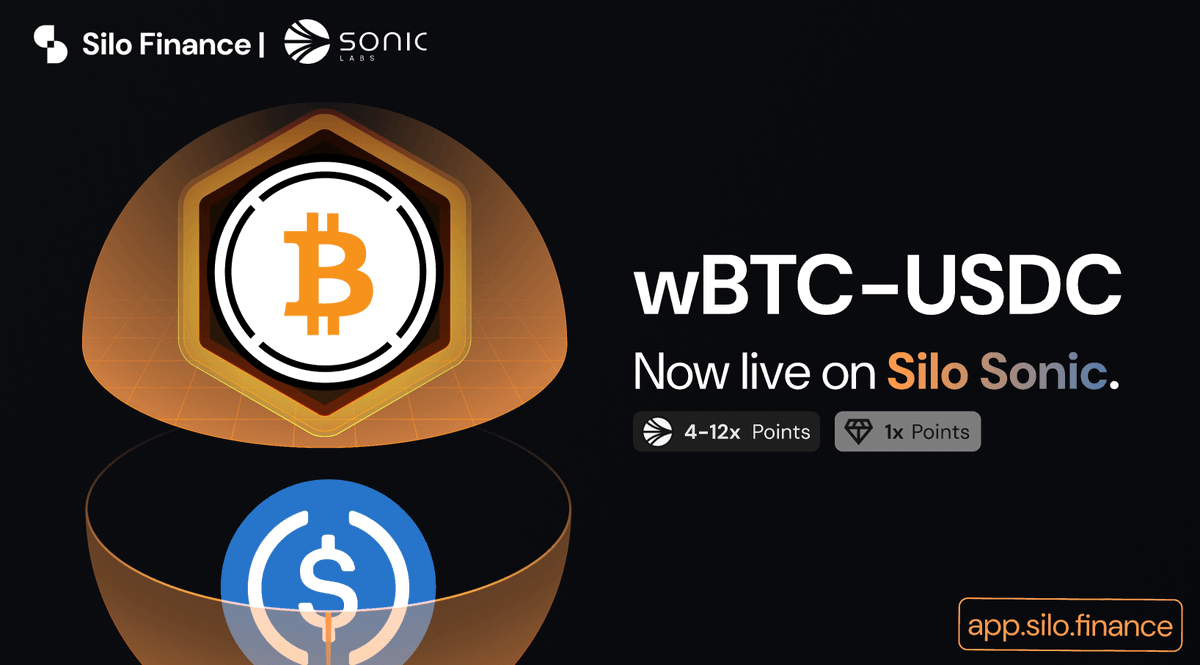USD Coin (USDC) es un contrato inteligente de código abierto basado enstablecoinemitió una empresa internacional de tecnología financiera llamada Circle y el exchange de criptomonedas estadounidense Coinbase. Juntos conforman Centre Consortium, responsable de generar y rescatar todos los tokens USDC.
USDC se lanzó en octubre de 2018 con una garantía fiat y está vinculado al dólar estadounidense en una proporción de 1:1. Esto es posible porque una combinación de efectivo, equivalentes de efectivo y bonos del Tesoro de EE. UU. a corto plazo respalda a USDC. Aproximadamente el 10 % de las reservas de USDC se mantienen en efectivo y equivalentes de efectivo, y el restante en bonos del Tesoro de EE. UU. a corto plazo.
Centre cree que la verdadera interoperabilidad financiera entre las monedas cripto y fiat solo es posible si hay un medio estable de intercambio de valor entre ambas. USDC se creó para resolver la necesidad de una stablecoin respaldada por fiat que sea transparente y segura, que no estaba disponible en el mercado en ese momento.
Sus creadores, Circle y Coinbase, querían ofrecer una stablecoin respaldada por activos reales, que se auditara periódicamente y que proporcionara una alta transparencia y gobernanza. USDC se diseñó para ser más transparente desde el punto de vista financiero y operativo que otras stablecoins del mercado, lo que ayudaría a generar confianza y fomentaría una mayor adopción.
Grant Thornton es una empresa de contabilidad independiente que emite certificaciones mensuales sobre la stablecoin USDC. La empresa ofrece una verificación independiente de las reservas que respaldan a USDC y garantiza que se mantienen de manera que cumplan la política de reservas de Centre Consortium.
Jeremy Allaire, director de Circle, ha hecho hincapié en la importancia de la transparencia y la responsabilidad en el funcionamiento de USDC, y la implicación de Grant Thornton es un componente clave de ese esfuerzo. El compromiso de USDC con la transparencia, respaldado por la verificación independiente proporcionada por Grant Thornton, ofrece una mayor confianza a los usuarios que quieren comprar una stablecoin.
Cómo funciona USDC
USDC está basado enEthereumblockchain, una plataforma descentralizada que permite la creación decontratos inteligentesyaplicaciones descentralizadas (dApps). USDC es un token ERC-20 compatible con cualquier wallet o exchange de Ethereum que admita tokens ERC-20. La tecnología detrás de USDC está diseñada para proporcionar estabilidad y fiabilidad a los usuarios, lo que la convierte en una opción popular para los traders de criptomonedas.
Cada token USDC está respaldado por un dólar estadounidense, lo que significa que su valor está vinculado directamente al valor del dólar estadounidense. Esto ofrece un alto nivel de estabilidad, que puede ser especialmente útil si hay volatilidad en el mercado.
Centre Consortium supervisa la creación y gestión de los tokens USDC. Garantiza que cada token USDC esté respaldado por su dólar estadounidense correspondiente y que el suministro de tokens USDC sea siempre igual a la cantidad de dólares estadounidenses que se mantiene en reserva.
USDC también se emite actualmente en varias blockchains, incluido Ethereum (formato ERC-20),Tron(formato TRC-20),Algorand(formato ASA),Avalanche(formato ERC-20), Flow (formato FT),Stellar(como activo de Stellar),Solana(formato SPL), yHedera(formato SDK).
¿Para qué se utiliza el USDC?
USDC es una de las stablecoins vinculadas al dólar estadounidense más populares. Por eso, está encontrando una aplicación generalizada como medio de almacenamiento de valor en condiciones de mercado volátiles o simplemente para personas que quieren exposición a fiat fuera de los cauces bancarios tradicionales. Por eso, muchos traders mueven sus asignaciones de cripto a USDC para evitar el impacto de cambios de precio bruscos. Esto puede explicar por qué la demanda de USDC aumenta considerablemente durante periodos bajistas.
Muchas plataformas de intercambio también utilizan USDC para atraer a nuevos participantes de la industria de las criptomonedas y es ampliamente aceptado como pago por productos y servicios en los mercados en línea y sin conexión.
Como la moneda USDC reside en varias blockchains destacadas, incluida Ethereum como token ERC-20, puede utilizarse sin problemas en cualquierdAppsque se ejecutan en estas redes, incluidos juegos populares en los que los usuarios pueden comprar fácilmente activos dentro del juego con sus tokens USDC.
Otro caso de uso de los tokens USDC son las transferencias de remesas. Los tokens USDC se usan cada vez más para transferencias de remesas porque ofrecen varias ventajas frente a las transferencias tradicionales, como una mayor sensación de seguridad, acceso, comisiones más bajas y mayor rapidez. Además, algunas empresas, como la empresa de tecnología financiera Circle, ofrecen servicios específicos diseñados para pagos de remesas utilizando USDC.
Los tokens USDC ociosos pueden generar ingresos pasivos en varios exchanges de cripto, incluido OKX. Los usuarios pueden visitarOKX Earny selecciona uno de los planes de staking de USDC disponibles para ganar intereses.
Precio y tokenomía de USDC
Al igual que la mayoría de sus pares, se emiten USDC a la carta y no tienen un límite en su oferta máxima. El número de tokens USDC en circulación cambia en función de cuántos emiten y queman los emisores comerciales.
Centre puede emitir directamente nuevas monedas USDC a los compradores, con una relación 1:1 con el dólar estadounidense, siempre que sea necesario. Por ejemplo, si un comprador quiere comprar 15 millones de dólares estadounidenses en USDC, Centre puede acuñar inmediatamente 15 millones de nuevos USDC para el comprador. Del mismo modo, si un usuario con 15 millones de USDC quiere rescatarlos por dólares estadounidenses, Centre les paga 15 millones de dólares estadounidenses y destruir sus 15 millones de tokens USDC, eliminándolos así de la circulación.
Sobre los fundadores
USDC fue fundada en 2018 por Centre, un consorcio independiente basado en miembros que comprendeP2Pservicios de la empresa Circle y del exchange de criptomonedas Coinbase.
Se creó para proporcionar un nivel de confianza y transparencia al sector de las stablecoins. USDC permite a los usuarios operar con confianza y seguridad en el mercado de criptomonedas, sabiendo que cada unidad de sus USDC puede canjearse por 1 USD cuando quieran.
Al contrario de lo que sucede con la mayoría de los proyectos de cripto y stablecoin, Circle y Coinbase están totalmente regulados por las principales autoridades de Estados Unidos. Esto ha contribuido a la causa de USDC y ha allanado el camino para la expansión internacional de la stablecoin.




